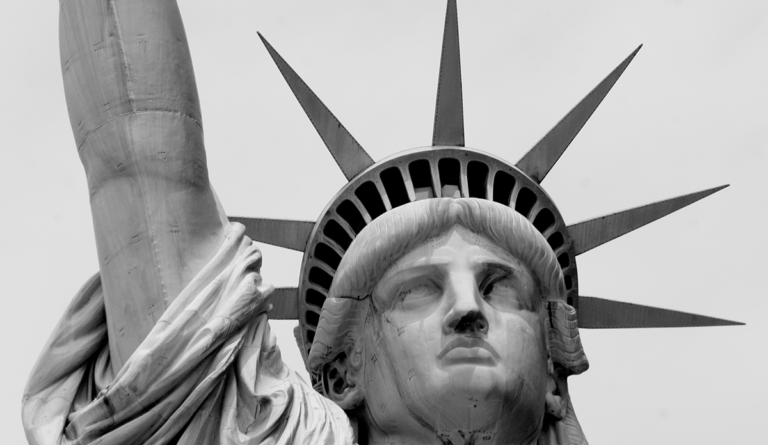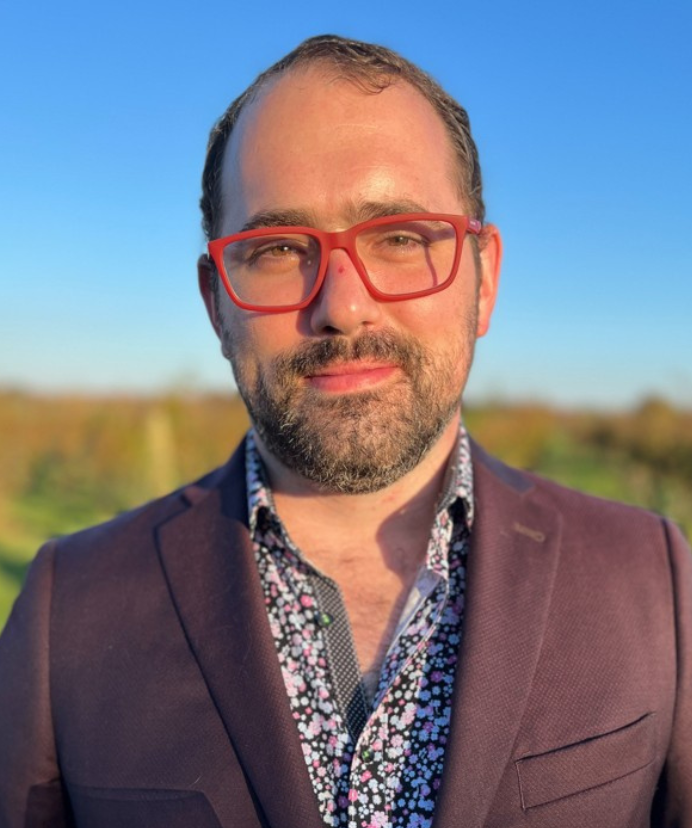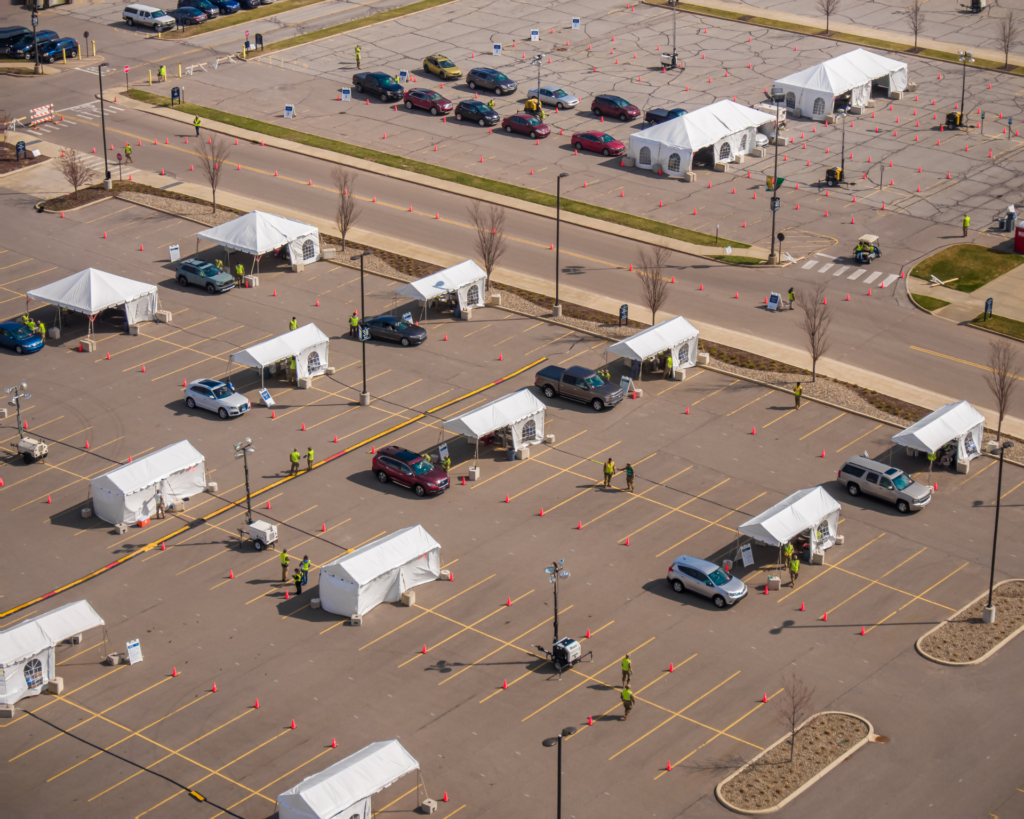Refugee Health Is Women's Health
The health experiences of Somali refugee women and girls following immigration to the US remains understudied.

Read Time: 3 minutes
Published:
Somalis forced dictator Mohammed Siad Barre out of Somalia in 1991, leading to destabilization of the Somalian government and nearly 30 years of civil war. Destabilization led to drought and famine and a subsequent rise in homicide, arson, kidnapping, and other violent crimes. Somali women bore the additional threat of gender-based violence, including forced marriage, circumcision, domestic violence, and sexual abuse.
Over 2.4 million Somalis became refugees seeking safety in other countries. Among these, 47,407 came to the US between 2010 and 2016. The health experiences of Somali refugee women and girls following immigration to the US remains understudied.
Kathleen Fox and Christa Johnson-Agbakwu surveyed 879 Somali and Somali Bantu women and girls between the ages of 15 and 90 living in Tucson, Arizona. They asked participants about their history of exposure to violence, use of health care services, and health problems related to sexual intercourse, pregnancy, depression, and trauma.
One in every five women and girls had been exposed to violence, and these participants experience the worst health outcomes. Among victims of violence, genital cutting was extremely common. Also known as female genital mutilation or circumcision, genital cutting refers to the process of performing surgery on a woman or girl to remove parts of the external genitalia for sanitary or cosmetic reasons. There are no health benefits from this procedure. In this study, these women more often had complications during pregnancy.
Participants exposed to other types of violence were less likely to have a primary health care provider. Overall, those exposed to violence had less access to all forms of healthcare.
Differences in the specific health care needs of the women of this community highlights the need for physicians and other providers to ask questions about reproductive health and experiences of violence.
The researchers suggest several ways to improve the care of these women. First, they speculate that addressing transportation and child care concerns may improve access. Second, identifying and employing Somalian women and girls to help patients navigate the health care system would allow for culturally grounded healthcare, greater care engagement, and improved satisfaction with services.
Finally, Fox and Johnson-Agbakwu emphasized the importance of patient-centered care. Differences in the specific health care needs of the women of this community highlights the need for physicians and other providers to ask questions about reproductive health and experiences of violence. Such questions could be incorporated into traditional intake forms or raised discretely during early primary care visits.
Somalian asylum seekers fleeing to the US continue to experience barriers to health-related needs despite immigrating halfway around the world. Fox and Johnson-Agbakwu noted that the majority of women in this sample recognized the importance of prenatal care, even among those who didn’t value prenatal care prior to immigrating to the US.
Photo by Fabian Fauth on Unsplash



